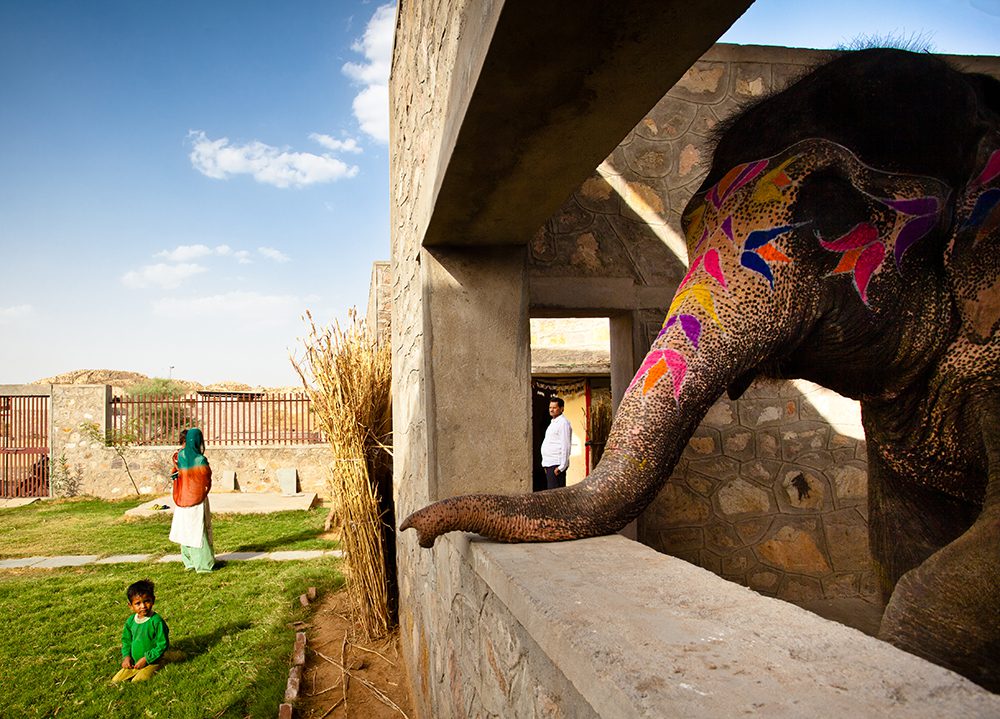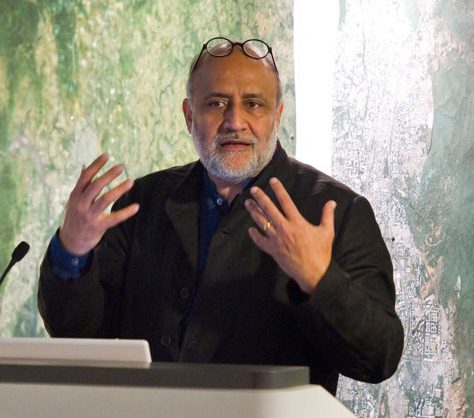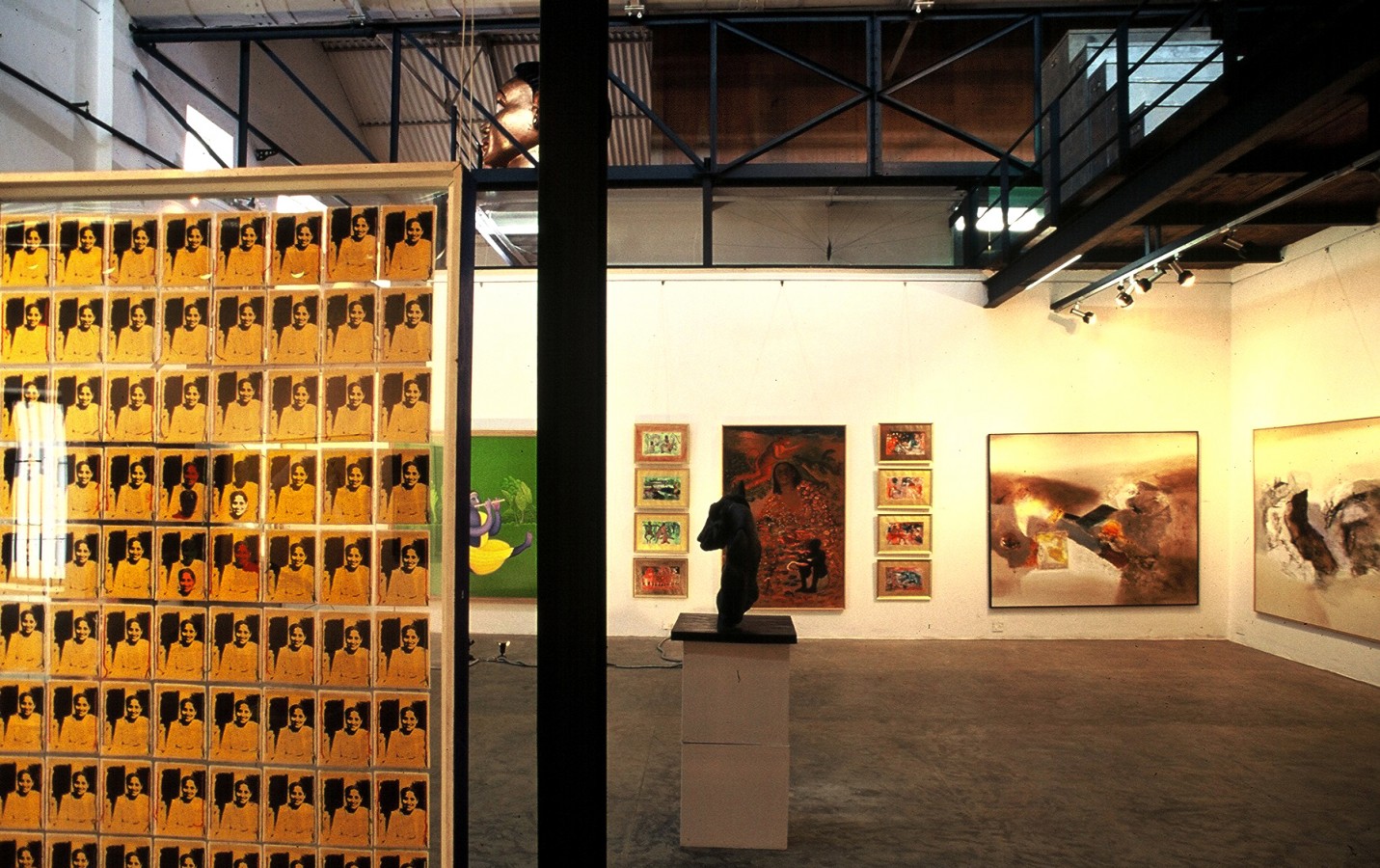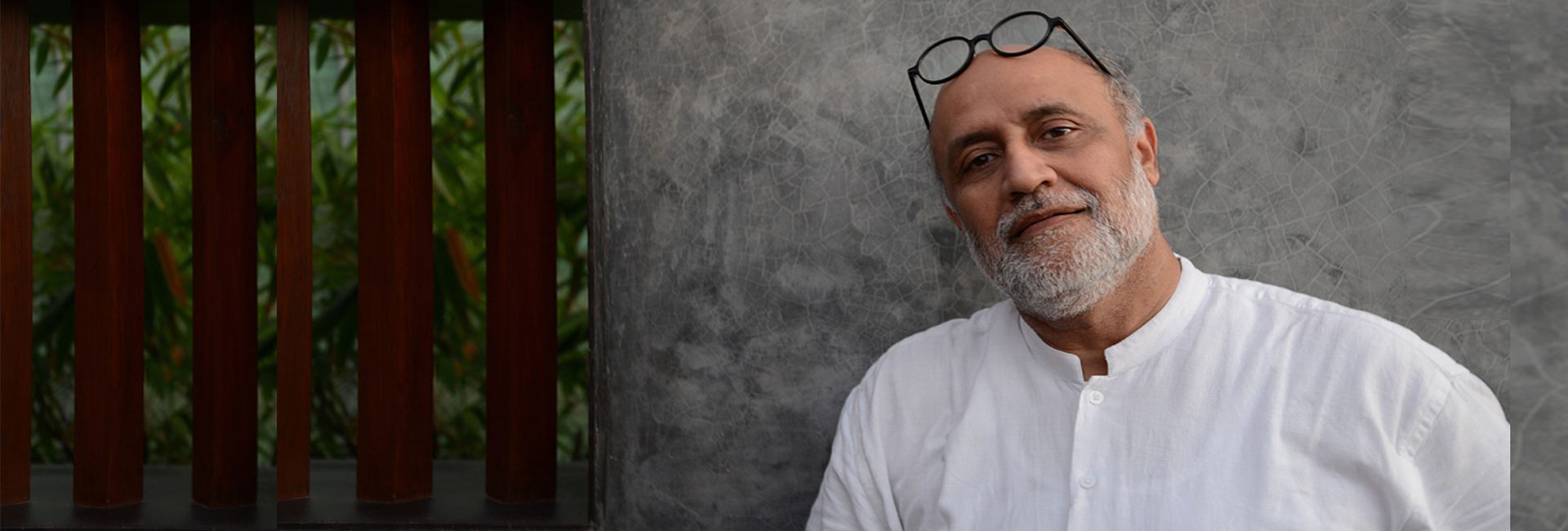(September 26, 2024) Over the course of a practice spanning more than thirty years, Rahul Mehrotra has entrenched himself in Mumbai’s architectural history, with his name featuring alongside icons like IM Qadri and Charles Correa. The founder of RMA Architects, Mehrotra is multi-faceted personality, an architect, urbanist, author and an educator as well – he is the Professor of Urban Design and Planning at the Department of Urban Planning and Design at Harvard University’s Graduate School of Design.
His range of projects has been equally vast, from art spaces and boutiques, designing offices, homes and factories to recycling urban land and master planning the Maximum City. RMA has designed and executed a vast rangeof projects, from corporate campuses to private homes, as well as conservation and land recycling projects. Mehrotra led the design of Hewlett Packard’s software campus in Bengaluru and a campus for the NGO Magic Bus. He also oversaw the restoration of the Oval Maidan and Chowmahalla and Falaknuma Palaces in Hyderabad and completed a masterplan for the conservation of the Taj Mahal. The firm also designed and built a social housing project, Hathigaon, in Rajasthan, for 100 elephants and their caretakers. He is a leading voice in the modern discourse on urbanism, and is known for being driven by academic research. Global Indian looks at the journey of this master architect.

Hathigaon. Photo: RMA Architects
Discovering architecture
Born in Delhi, Mehrotra moved to Mumbai with his family as a child, where his father managed machine-tool factories. The family moved around Mumbai often and Mehrotra soon learned to enjoy the transitions. “I loved going into a new space, arranging and re-arranging,” he told Harvard Magazine. It sparked an interest that led him to enroll himself into a degree in architecture at CEPT Univerity in Ahmedabad, because he “loved architecture from the start.” From there, he went to the GSD, where he met his wife Nondita.
In 1987, he completed his postgraduate study at Harvard University, writing a thesis on Mumbai. He returned then to his beloved home city, where he went on to set up his practice, RMA Architects, in 1990. It was not a decision many Indians made at the time – to return home from abroad, much less to set up a business. “I was just so charged up about what was happening in India that I didn’t even think about staying in the US,” he said, to Harvard Magazine.

Rahul Mehrotra. Photo: RMA Architects
From Boston to Bombay
“I prepared myself to work in the city in a way that allowed me to distill the kind of issues I wanted to engage with,” he told STIRWorld.
“In retrospect, I see I had actually studied the city very intensely, both as an undergraduate at CEPT University, Ahmedabad, where I looked at the architecture of Bombay, and later, at Harvard University, as a postgraduate where my thesis was also on Mumbai. I was trying to read and understand the city, its character, its planning processes and the patterns that made the place unique.”
Mehrotra’s first tryst with teaching came in 2002, when he was offered a job at the University of Michigan’s Taubman College of Architecture and Urban Planning. By this time, RMA Architects was over a decade old and Mehrotra, who had a considerable body of work to his credit, had already discovered an interest in theory and analysis.
These were the early days of liberalisation and as the country witnessed a dramatic shift, so did the approach to architecture. The government stepped away from the private sector and India began its slow transition away from socialism and into a capitalist structure.
The transition from Bombay to Mumbai
“As capital realised its value (rather haphazardly) in Mumbai, slow and steady devastation began – its many historic forms ruptured, then interstitial spaces became opportunities as places of least resistance to change,” Mehrotra said, in an interview with Metropolis Magazine. The transition to modernity reminded Mehrotra of an urban apocalypse, which is where he feared the city was headed.
Housing was a priority but the answer seemed to be in quick-fix solutions through pre-fab units at the edge of the city. “Nobody ever goes to live there. Often, designing for transitions takes us in an unexpected direction and is messy and may not result in cohesive architectonic images. But that’s the only way we will achieve our real goals and not be caught in illusions of having solved the problem.”
The Art District
However, as the city turned to modernity, Mehrotra became involved in the movement to preserve Mumbai’s historic Fort District. When the economic liberalisation led to an upturn in the city’s art scene, Mehrotra’s firm, then still in its infancy, was hired to design seven art galleries there. He was already picturing the larger scheme of things and viualising a designated art district. He staged art installations on the streets, hoping to make the new art galleries more welcoming to the public.

Sakshi Art Gallery, Kala Ghoda
Mehrotra’s pioneering efforts towards conservation and land recycling would become legislation, through the 1995 presevation act. Until 2005, Mehrotra continued to advise the Urban Design Research Institute.
Reviving royal legacies
In 2000, Rahul Mehrotra was invited to advise the government on the conservation of the Taj Mahal. He created the Taj Mahal Conservation Collaborative, with a seven-member team comprising experts in engineering, landscape architecture and conservation. He led the team to formulate a conservation plan of the site.
Led by Princess Esra, returned to India from England, the historic Chowmahalla and Falaknuma Palaces were restored to their former glory. For this, she enlisted the help of Rahul Mehrotra. “Together, they worked on the mammoth task of bringing together artisans, structural engineers and historians, to study and document all the material they found during the course of their literal and metaphorical digging,” according to the Architectural Digest, which has listed Mehrotra on their AD50 list.
Public spaces in the urban jungle
“We needed a gradation of spaces, so the client could still have some space for her private use, but a majority would be open to the public,” Mehrotra told AD. The Chowmahalla restoration work continued over the course of a decade and in 2010, it won UNESCO’s Conservation Award.
The palace sees almost 5000 visitors on weekends and is now a full-fledged museum. “Restoring the physical fabric was a challenge,” Mehrotra said. “Since this was not seen as an income-generating prospect, the interventions were minimum and the conservation work was done keeping in mind the safety and maintenance of the building.” The idea was not just to invite the public into the structure but to step into the story itself.

Chowmahalla Palace Complex. Photo: RMA Architects
Rahul Mehrotra – A prolific author
Over the years, Mehrotra has written extensively on architecture, conservation and urban plannign and design. His it he co-author of Bombay: the Cities Within, a magnum opus that covers the city’s urban history from the 1600s to the present, Bangananga: Sacred Tank, Public Places Bombay, and Bombay to Mumbai: Changing Perspectives. In 2011, he wrote ‘Architecture in India – Since 1990,’ a look at contemporary architecture in India.
Mehrotra has also curated exhibitions including one at the NGMA Mumbai in 2017, titled The State of Architecture: Practices and Processes in India. In 2018, he co-curated ‘The State of Housing: Realities, Aspirations and Imaginaries in India’.
In 2014, Mehrotra became a member of the International Committee of Architecture Critics and is part of the Steering Committee of the Lasmi Mittal South Asia Institute at Harvard.
- Discover more fascinating Stories

